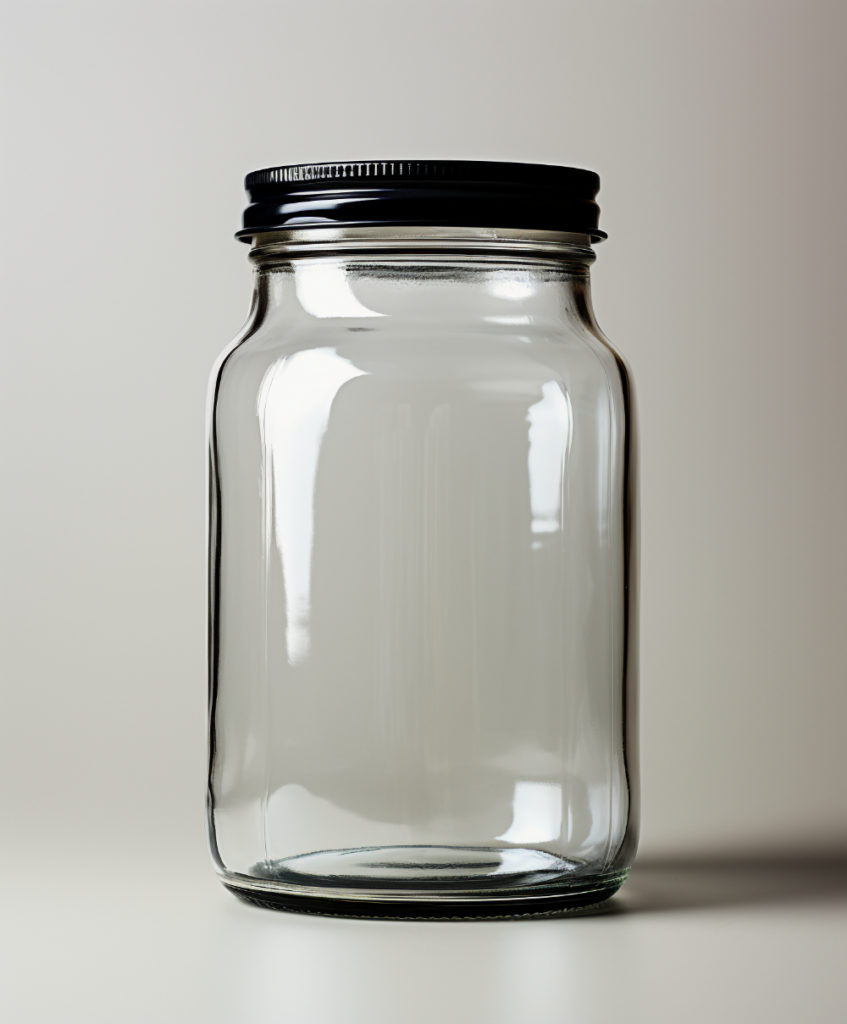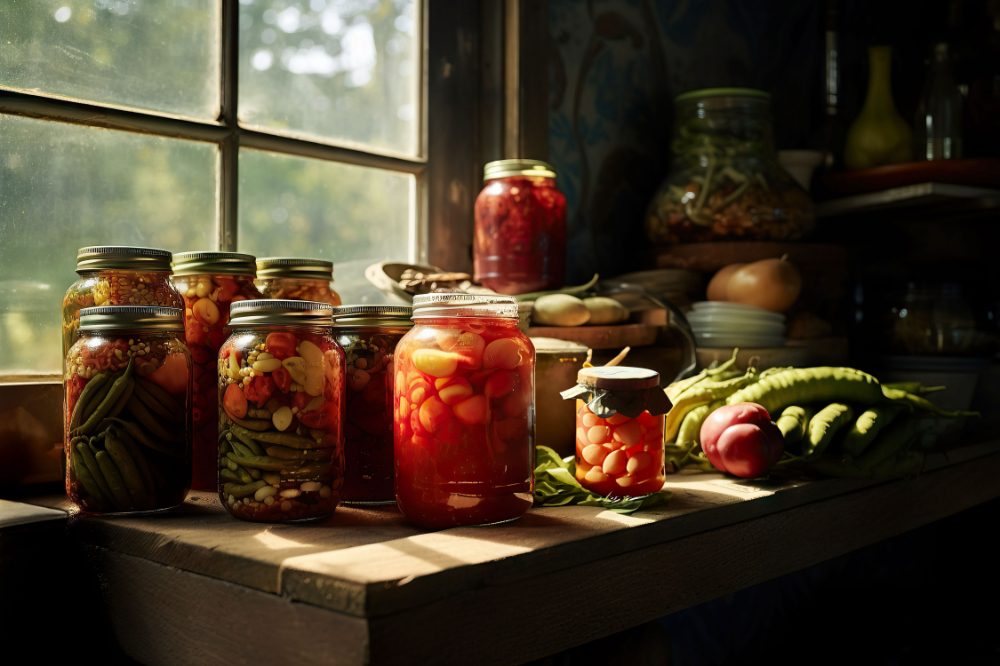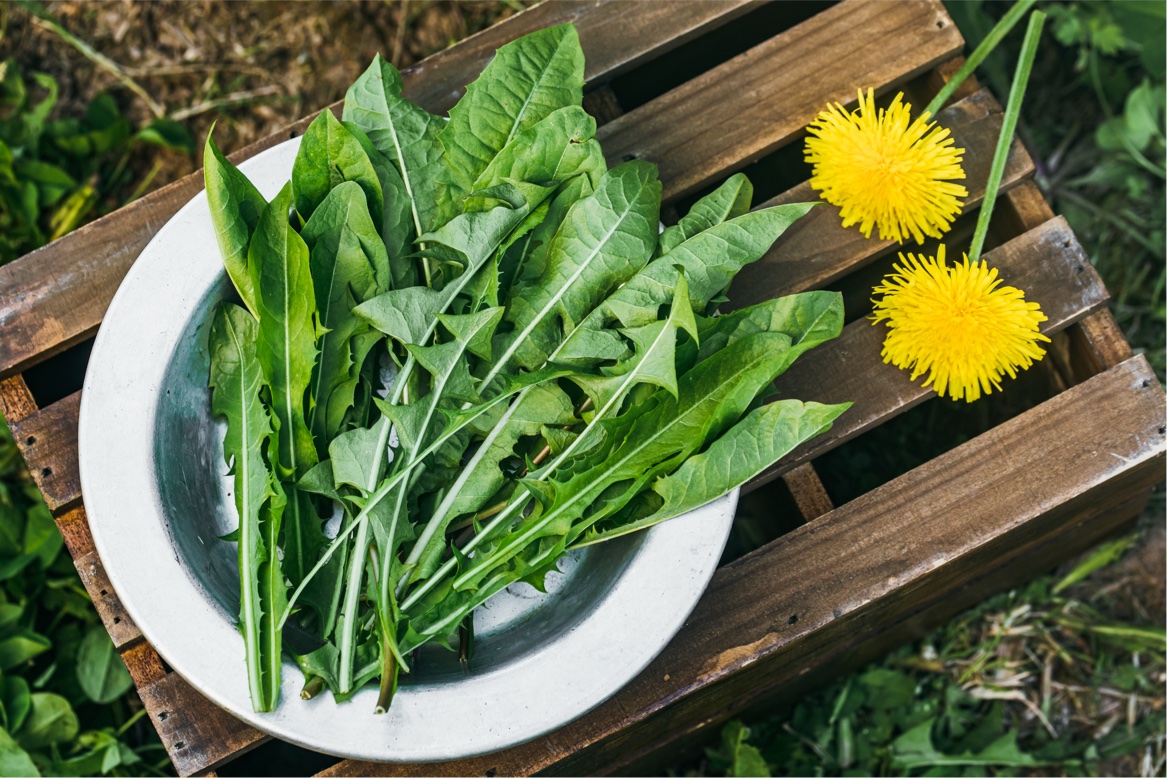Canning is a time-honored method of food preservation that has played a pivotal role in ensuring the availability of safe and nutritious foods year-round. This age-old practice involves sealing food in airtight containers, preventing the growth of spoilage microorganisms and preserving the flavors and nutrients of the ingredients. In this authoritative article, we will delve into the world of canning, exploring its history, techniques, and the enduring importance of preserving foods through this method.
A Glimpse into History
The roots of canning trace back to the late 18th century when a French chef and inventor named Nicolas Appert sought to find a way to preserve food for the French military. Appert’s breakthrough came when he discovered that sealing food in glass jars and heating them effectively extended their shelf life. Little did he know that his discovery would revolutionize food preservation worldwide.
Soon many families customarily harvested their crops and canned their produce to preserve their surplus. They often had enough for the coming year.
The Science of Canning
At its core, canning relies on the principles of heat and hermetic sealing. The process typically involves the following steps:
Preparing the Food for Canning
Food is carefully selected, cleaned, and cut into appropriate sizes. For some items, blanching or precooking may be necessary.
Packaging the Food For Canning
The prepared food is packed into sterilized glass jars or metal cans. The container should be filled, leaving appropriate headspace to allow for expansion during processing.
Heat Treatment for Canning Jars
The filled containers are then subjected to heat, which serves two essential purposes: it kills harmful microorganisms, such as bacteria, yeasts, and molds, and it creates a vacuum seal when the container cools, preventing the entry of new microorganisms.
Cooling the Canning Jars
After heat treatment, the containers are allowed to cool slowly, causing the lids to contract and create an airtight seal. This seal is crucial for preventing spoilage.

Methods of Canning
Canning methods can be broadly categorized into two main techniques: water bath canning and pressure canning.
Water Bath Canning
This method is suitable for preserving high-acid foods, such as fruits, tomatoes, and pickles. The food is packed into jars, covered with boiling water, and then processed in a boiling water bath for a specific period. The heat kills spoilage microorganisms and creates a vacuum seal.
Pressure Canning
Pressure canning is employed for low-acid foods, including vegetables, meats, poultry, and fish. These foods require higher temperatures to ensure their safety. In pressure canning, the food is packed into jars, and the jars are processed in a pressure canner at elevated temperatures and pressures. This method destroys harmful bacteria like Clostridium botulinum, which can thrive in low-acid environments.
The Enduring Importance of Canning
In today’s modern world, with refrigeration and instant access to fresh produce, one might question the continued relevance of canning. However, the importance of this age-old preservation method remains steadfast for several compelling reasons.
Canning Brings Long-Term Food Security
Canning provides a means of stockpiling foods that can sustain individuals and families during emergencies, such as natural disasters or economic crises. Having a well-stocked pantry of canned goods offers a sense of security and self-sufficiency especially in these uncertain time..
Canning Reduces Food Waste
Canning allows for the preservation of seasonal abundance. Excess fruits and vegetables can be canned, preventing them from going to waste and ensuring a supply of nutritious foods throughout the year.
Attaining Nutritional Retention With Canning
Canning is renowned for preserving the nutritional content of foods. Properly canned fruits and vegetables can retain essential vitamins and minerals, contributing to a balanced diet.
Canning is a Smart Economic Choice
Canning can be a cost-effective way to preserve foods when they are in season or on sale. Homemade canned goods also eliminate the need for store-bought canned products, reducing grocery expenses.
Canning Allows for Your Food to be Customized to Your Taste
Canning empowers individuals to control the ingredients and additives in their preserved foods. This allows for customization to accommodate dietary preferences and restrictions. Add a hot pepper if you like taste. My aunt used to add a hot pepper to her pickles. Delicious!
Canning Supports Local Farmers and is Sustainable
Canning supports the consumption of locally grown and sourced foods, contributing to sustainable and environmentally friendly food choices. It reduces the carbon footprint associated with the transportation of perishable goods.
Tips for Successful Canning
To ensure the safety and quality of canned foods, it’s essential to adhere to best practices:
Start with the Freshest Ingredients to Preserve
Use the freshest and highest-quality ingredients for canning to maximize flavor and nutritional value.
Follow Approved Canning Recipes
Use reputable and tested canning recipes from trusted sources, such as the USDA or the National Center for Home Food Preservation. These recipes have been scientifically validated to ensure safety.
Maintaining Cleanliness is Crucial for Canning Safety
Maintain strict cleanliness when handling equipment, jars, and ingredients to prevent contamination.
Respect Proper Processing Times for Canning
Adhere to recommended processing times and temperatures specific to the type of food and canning method to ensure safety.
Check for Proper Sealing for Canning
After processing, check that the lids have properly sealed by ensuring they are concave and do not pop when pressed. Unsealed jars should be refrigerated and consumed promptly.
Store Canned Jars Properly
Store canned goods in a cool, dark, and dry place. Label jars with contents and dates for easy identification.
In Conclusion
Canning is not merely a culinary technique but a time-honored practice that empowers individuals and communities to safeguard their food security, reduce waste, and enjoy the flavors of locally sourced and preserved foods. As we navigate an ever-changing world, the enduring importance of canning as a method of food preservation serves as a reminder of our ability to adapt and thrive, even in the face of uncertainty. By embracing the art and science of canning, we not only preserve the past but ensure a more secure and sustainable future for ourselves and generations to come.
Certainly! Here’s a classic recipe for homemade canned tomato sauce, a versatile pantry staple that can be used in a wide range of dishes.

Homemade Canned Tomato Sauce Recipe
Ingredients for Canned Tomato Sauce
- 20-25 pounds of fresh, ripe tomatoes (choose a variety with good flavor and texture)
- 2 large onions, chopped
- 4 cloves garlic, minced
- 2 tablespoons olive oil
- 2 teaspoons salt (or to taste)
- 2 teaspoons sugar (optional, to balance acidity)
- 2 bay leaves
- 1/4 cup fresh basil leaves, chopped (or 1 tablespoon dried basil)
- 1/4 cup fresh oregano leaves, chopped (or 1 tablespoon dried oregano)
- 1/4 cup fresh parsley leaves, chopped (optional)
- Lemon juice (for acidity, if needed)
Equipment Needed to Can:
- Large stockpot
- Water bath canner or pressure canner
- Canning jars (pint or quart-sized)
- Canning lids and bands
- Jar lifter
- Canning funnel
- Large pot for blanching and sterilizing jars
- Lid lifter
- Ladle
- Bubble remover tool or a non-metallic spatula
- Clean kitchen towels
Instructions for the Recipe
Prepare the Jars and Lids:
- Wash the canning jars, lids, and bands in hot, soapy water. Rinse them thoroughly.
- Place the jars in a large pot of water and bring it to a simmer. Sterilize the jars by keeping them in the simmering water for at least 10 minutes. Keep the jars in the hot water until you’re ready to fill them.
- In a separate saucepan, add the lids and bring them to a gentle simmer. Keep them simmering until you’re ready to use them.
Prepare the Tomatoes:
- Wash the tomatoes and remove any stems or blemishes.
- Score an “X” on the bottom of each tomato with a knife.
- Bring a large pot of water to a boil and prepare an ice water bath in a large bowl.
- Carefully place the tomatoes in the boiling water for about 30 seconds, then transfer them to the ice water bath. This will make it easier to peel the tomatoes.
- Once cooled, peel the tomatoes and remove the cores.
Prepare the Tomato Sauce:
- In a large stockpot, heat the olive oil over medium heat. Add the chopped onions and garlic, and sauté until they become translucent.
- Add the peeled and cored tomatoes to the pot, along with salt and sugar (if using). Stir to combine.
- Bring the mixture to a simmer and let it cook for about 20-30 minutes, or until the tomatoes have broken down and the sauce has thickened.
- Add the bay leaves and fresh herbs (basil, oregano, and parsley). Simmer for an additional 10 minutes.
Prepare the Canning Equipment:
- While the sauce is simmering, carefully remove one sterilized jar from the hot water bath using a jar lifter. Place it on a clean kitchen towel.
- Using a canning funnel, ladle the hot tomato sauce into the jar, leaving about 1/2-inch of headspace at the top.
- Use a bubble remover tool or a non-metallic spatula to remove any air bubbles from the sauce by running it around the inside of the jar.
- Wipe the rim of the jar with a clean, damp cloth to ensure it’s clean and free of sauce.
Seal the Jars:
- Place a simmered lid on top of the jar and secure it with a band, tightening until it’s fingertip-tight (not overly tight).
- Process the Jars:
- Carefully place the filled and sealed jars back into the boiling water bath or pressure canner, ensuring they are covered with at least 1-2 inches of water.
- Process the jars in boiling water for about 35-40 minutes (adjust for altitude if necessary). For a pressure canner, process at 10 pounds of pressure for the same duration.
Remove and Cool:
- After processing, turn off the heat and allow the jars to sit in the hot water for a few minutes.
- Carefully remove the jars from the canner using a jar lifter and place them on a clean kitchen towel or a wooden surface.
- As the jars cool, you’ll hear the distinctive “pop” of the lids sealing, indicating that the jars are properly sealed. Check the seals by pressing down on the center of each lid; if it doesn’t flex, the jar is sealed.
Store the Canned Tomato Sauce:
- Store the sealed, cooled jars in a cool, dark, and dry place. Properly sealed jars can be stored for up to 18 months or longer.
- If any jars did not seal correctly, refrigerate them and use the sauce within a few days.
Now you have homemade canned tomato sauce that can be used in pasta dishes, soups, stews, and more. Enjoy the delicious taste of summer all year round!




